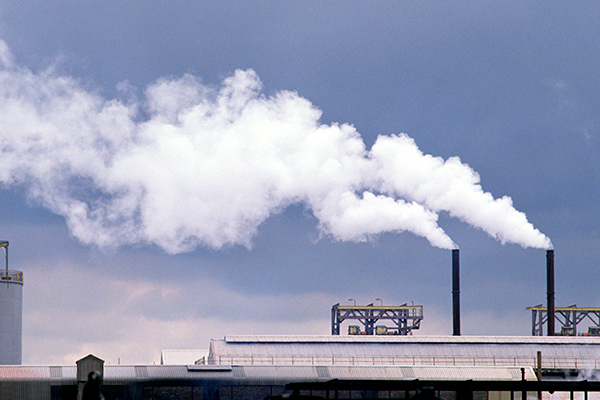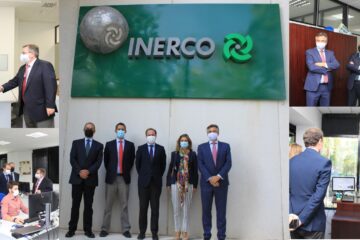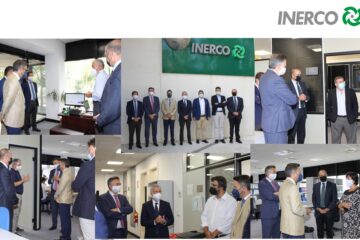How do we quantify emissions subject to green taxes?

As a result of the tax reform implemented in Chile, some companies with begin to pay taxes on fixed-source emissions for the first time in 2018, based on 2017 emissions. Taxing fixed-source emissions is an instrument used widely by governments across the world.
Strictly speaking, green taxes should be implemented as instrument to incentivise the effective reduction of atmospheric emissions and to ensure companies improve their technology and production processes, contributing to competitiveness. This perspective is crucial, as if the objective is distorted, green taxes will simply become another way of collecting funds, with no contribution to environmental improvement.
The regulations established in Chile will impose an annual levy on atmospheric emissions of particulate matter, nitrogen oxides (NOx), sulphur dioxide (SO2) and carbon dioxide (CO2) produced by boilers or turbines with thermal output of 50 MWt or higher. This results in taxes being levied mainly on emitters such as thermoelectric plants, while not affecting other large fixed sources with equal emission potential but with different methods or equipment for burning fuel. In this sense, these differences do not help in equal treatment, particularly when those placed under most demand are those who have possibly made the greatest effort over time to reduce emissions.
QUANTIFYING ATMOSPHERIC EMISSIONS
The first challenge for the industry when the tax is implemented will be calculating the number of tonnes emitted in order then to know how much tax must be paid. This is no simple task, as the Instruction published on 18 November by the Superintendency of the Environment (SMA, for its Spanish initials) includes various alternatives for quantifying emissions, with different specific conditions and criteria.
The protocol developed by the SMA mainly focuses on the use of CEMS devices in chimneys. It also allows for alternative methods to be used in some cases. The companies affected must submit a proposal to the SMA for their methodology of quantifying emissions in accordance with the protocol; it is advisable for companies to assess the different alternatives when defining their approach. Therefore it will not necessarily be the best option, for certain parameters, to use data from CEMS systems, which can on some occasions have significant degrees of uncertainty (in the order of 20%).
For example, more reliable results can be obtained for parameters such as SO2 or CO2 by using emission factors based on material balances and accounting for the properties of the fuel. However, the protocol’s flexibility is limited in so far as it does not seem to allow for the use of activity-specific emission factors, a technique which is approved by the Intergovernmental Panel on Climate Change (IPCC) and widely used in Europe under the emission trading scheme. The issue is of clear importance to prevent taxes being paid based on emissions values that include a high degree of uncertainty. One alternative to reduce this risk would be to pay based on the emission value, deducting the amount associated to uncertainty in the calculation; this is not, however, considered in the criteria being developed by the SMA.
We find ourselves at a key juncture, as companies must submit their emissions calculation proposals to the SMA no later than 9 December. The way in which they define the proposal may have significant implications for the amounts to be paid, making it highly advisable for companies to assess the different alternatives.






No Comment